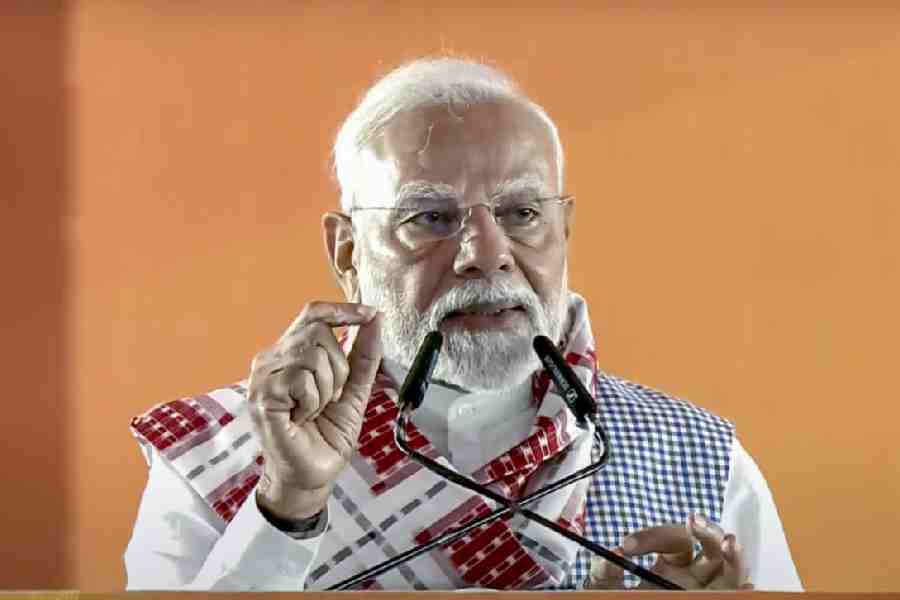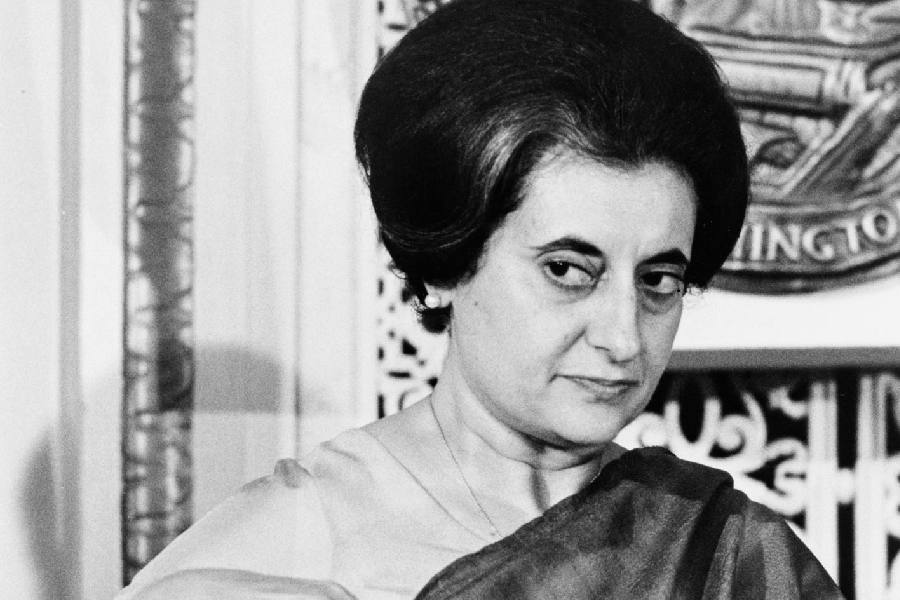
Bhubaneswar, June 3: The development authority will conduct an area assessment ahead of the implementation of the district energy system.
Unlike conventional air-conditioning and heating systems, a district energy system consists of a network of underground pipes that pump hot or cold water into multiple buildings in a district, neighbourhood or city.
An initiative of the United Nations Environment Programme (UNEP), this system is able to use larger sources of heating and cooling, such as waste heat from power stations, which cannot be connected to a single building.
The assessment will begin on a pilot basis at Chandrasekharpur area in the state capital.
Paris, Singapore and Dubai are among the cities that already use this technology to reduce energy use and carbon emissions. According to the UNEP, transition to these systems can help cities reduce their primary energy consumption for heating and cooling by up to 50 per cent.
Initially, the development authority will assess a few commercial buildings at Chandrasekharpur on their cooling and heating potential. The system will be implemented on a pilot basis after which the authority will come up with the final plan for its execution in other areas.
"Bhubaneswar is among select cities in India that have been chosen by the Union ministry of new and renewable energy for assessment to implement the district energy system," said development authority vice-chairman Krishan Kumar.
He said: "We have decided to take up mainly commercial buildings. They will be assessed on their energy consumption and the process of having a centralised cooling or heating solution."
The Centre selected five cities for assessment to understand their potential for implementing the initiative in 2016. These are Pune, Rajkot, Coimbatore, Thane and Bhopal. For the next phase in 2017, Bhubaneswar was selected along with 19 other smart cities.
Kumar said the assessment data would give them insight into the criteria for other such buildings in the city. "Based on the information on the heating and cooling potential, our officials will take steps to address the issue. This initiative will contribute to save the environment," said Kumar.
Development authority officials will assess the buildings on their energy consumption capacity with focus on air-conditioner and coolers. The assessors will collate data such as the number of air-conditioners installed in a building, operating hours, total number of yearly active days when the air-conditioners have been active, the year of installation and existing cooling technology.
"The district energy system is not a new idea but has found renewed relevance mainly for energy transition and climate change awareness. It is a good initiative of the United Nations and Bhubaneswar is fortunate to have been selected for implementation of the programme," said environmentalist Sailabala Padhi.
Modern district energy systems combine district heating, district cooling with combined heat and power, thermal storage, heat pumps and decentralised energy. They are climate-resilient and low carbon, allowing the recovery and distribution of surplus and low-grade heat and cold to end-users, storage of large amounts of energy - such as surplus wind power or surplus heat in the summer - at the lowest cost as compared to other energy storage options and integration and balancing of a large share of variable renewable power. It is no longer exclusively the domain of heat or surplus energy, the traditional drivers of district energy, but about local production matched to local use - not only at a building level, but also at neighbourhood and city level.
"The idea is like sharing energy between buildings. The system creates resource-efficient neighbourhoods and resilient cities. District energy is an approach to applying technologies to co-ordinate the production and supply of heat, cooling, domestic hot water and power to optimise energy efficiency and local resource use," said mayor Ananta Narayan Jena.










